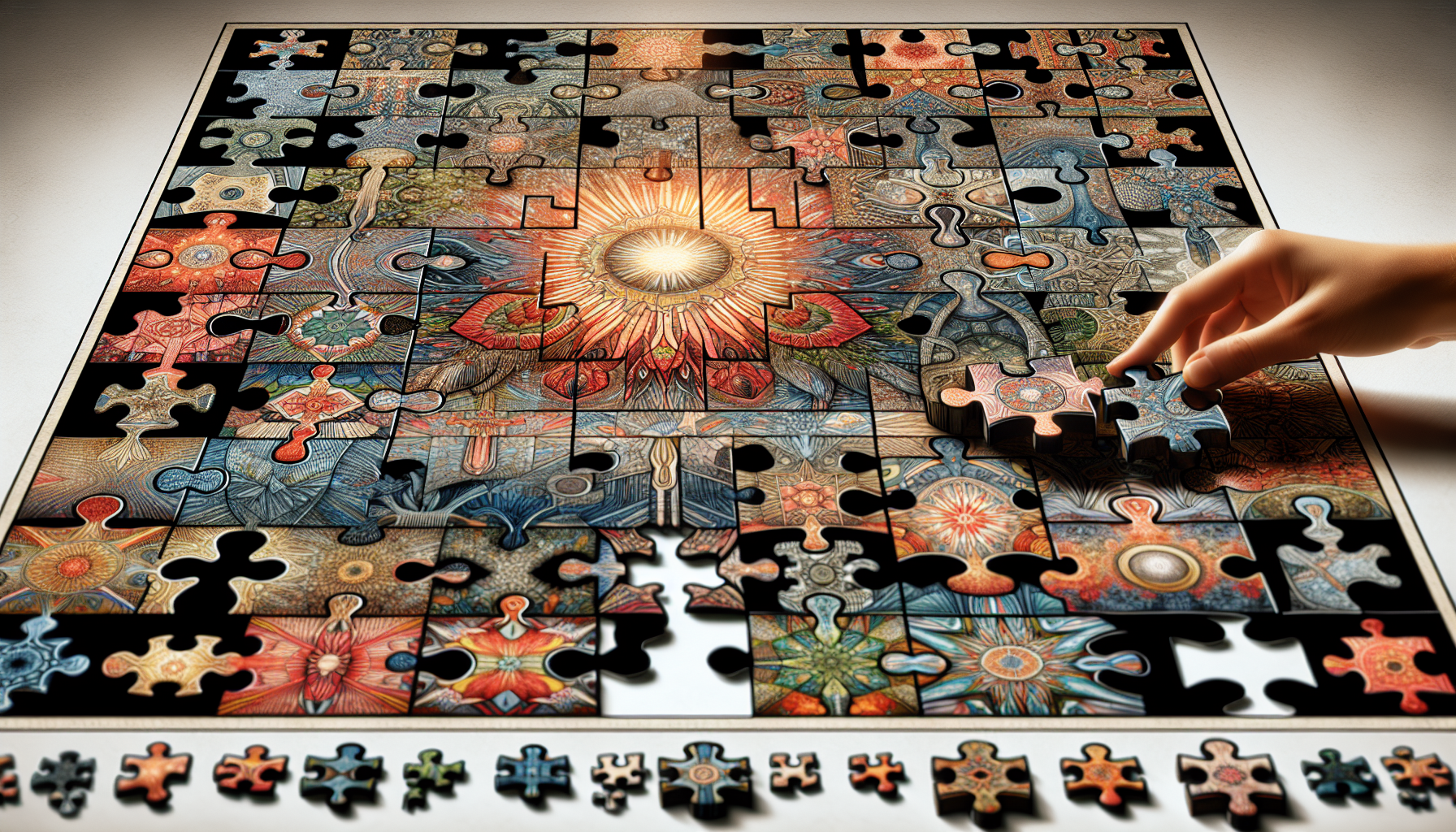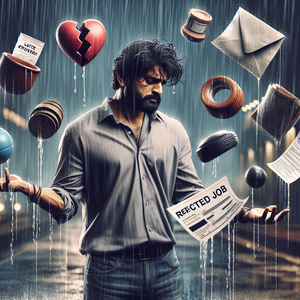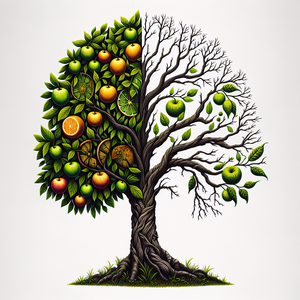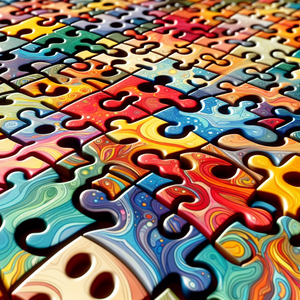The Evolution of US Open Fashion: From Classic Whites to Bold Statements

In the early 1900s, tennis was synonymous with tradition and decorum. Players adhered to a strict dress code, primarily wearing white attire that embodied the sport's upper-class roots. In the 1920s, male players such as Bill Tilden exemplified this style with their tailored shorts and long-sleeved shirts, while women like Helen Wills Moody donned flouncy dresses that emphasized modesty and elegance. These early styles were not merely about aesthetics; they represented a balance between athleticism and social class. Tilden’s iconic white ensemble and Moody’s refined dresses set the standard for decorum, emphasizing the sport's historical ties to the elite. The adherence to this classic white attire established a framework for tennis fashion, one that would gradually evolve as societal norms began to shift.
The 1970s and 1980s: A Shift Toward Individuality
The cultural revolutions of the 1960s and 1970s brought significant changes to tennis fashion, marking a departure from the rigid norms of the past. Players like Billie Jean King and Arthur Ashe began to embrace more colorful and expressive clothing, utilizing fashion to make statements beyond the court. King, known for her vibrant prints, challenged traditional gender norms, while Ashe broke barriers with his custom-designed collared shirts. The 1980s saw the rise of players like John McEnroe and Martina Navratilova, who further pushed the boundaries of tennis attire. McEnroe’s headbands and colorful socks became synonymous with his rebellious spirit, while Navratilova’s tank tops and shorts introduced a new level of comfort and style for female athletes. This era marked a pivotal moment in tennis, as players began to view fashion as a means of self-expression rather than mere uniformity.
The 1990s: The Birth of the Fashion-Forward Athlete
The 1990s heralded an explosion of creativity in tennis fashion, largely driven by the flamboyant styles of stars like Andre Agassi and Serena Williams. Agassi, with his neon colors, animal prints, and unconventional denim shorts, became a fashion icon who challenged the traditional norms of the sport. His partnership with Nike created a new paradigm in sports marketing, blending fashion with branding in innovative ways. Serena Williams emerged as a powerful figure in this decade, quickly establishing herself as a style icon. Her striking black dress paired with a beaded headband during the 2001 US Open was a watershed moment, showcasing how athletes could embrace fashion while excelling in their sport. Beyond aesthetics, Williams has utilized her platform to promote body positivity and inclusivity in athletic wear, pushing the narrative of what it means to be a female athlete.
Modern Era: A Canvas for Cultural Commentary
In today's landscape, US Open fashion transcends mere athletic wear; it serves as a medium for cultural commentary and personal expression. Players like Naomi Osaka and Venus Williams have used their attire to highlight social issues and advocate for change. Osaka’s decision to wear masks featuring the names of victims of racial injustice during the 2020 US Open ignited global conversations about equity and justice, showcasing the power of fashion as a form of protest. The rise of athleisure has further blurred the lines between sportswear and everyday fashion, allowing fans to emulate their favorite players both on and off the court. Brands such as Nike and Adidas have adapted their designs to appeal to a broader audience, making the tournament a celebration of style. Spectators can often be seen wearing outfits inspired by their favorite athletes, turning the US Open into a festival of fashion.
The evolution of US Open fashion reflects broader societal transformations, from the stringent norms of early tennis attire to the expressive styles we witness today. As players continue to challenge conventions and embrace their individuality, the tournament serves as a dynamic platform for athletic fashion. Whether through classic elegance, bold statements, or significant cultural commentary, the US Open stands as a testament to the seamless intertwining of fashion and sport. As the tournament unfolds, spectators should pay attention not only to the scores but also to the visually stunning narratives that grace the courts, celebrating the rich tapestry of athletic fashion that continues to evolve.
Fashion Marketing Specialist
Nike, Adidas, Under Armour, fashion marketing agencies
Job Description
Develop and implement marketing strategies that promote athletic apparel and footwear brands, particularly during major events like the US Open.
Collaborate with designers and athletes to create campaigns that resonate with target audiences, emphasizing brand storytelling and cultural relevance.
Skills needed include strong communication, social media proficiency, and a keen understanding of fashion trends and consumer behavior.
Sports Apparel Designer
Puma, Lululemon, Reebok, independent fashion labels
Job Description
Design innovative athletic wear that combines functionality with fashion, catering to the needs of professional athletes and casual consumers alike.
Stay abreast of trends in sports fashion and materials to create collections that reflect both performance needs and cultural movements.
Required skills include proficiency in CAD software, a strong portfolio showcasing design concepts, and an understanding of textiles.
Event Coordinator for Fashion Shows
Event planning firms, sports marketing agencies, fashion houses
Job Description
Plan and execute fashion shows and promotional events that showcase athletic wear, often in coordination with major sporting events like the US Open.
Manage logistics, including venue selection, scheduling, vendor coordination, and guest relations to ensure a successful event.
Key skills include project management, budgeting, and strong interpersonal communication to liaise with designers, models, and sponsors.
Brand Strategist in Sports Fashion
Nike, Adidas, Champion, lifestyle brands
Job Description
Develop comprehensive branding strategies that position athletic apparel companies in competitive markets, using insights from cultural trends and consumer research.
Analyze market data to identify opportunities for brand growth and consumer engagement, often leveraging social media and influencer partnerships.
Essential skills include analytical thinking, creativity, and experience in brand management or marketing.
Social Media Manager for Athletic Brands
Sportswear manufacturers, marketing agencies, digital content firms
Job Description
Create and manage compelling content across social media platforms that promotes athletic fashion and engages with fans and customers during events like the US Open.
Monitor social media trends and analytics to optimize campaigns and foster community engagement around brand initiatives and athlete endorsements.
Skills required include proficiency in social media tools, content creation, and a deep understanding of audience demographics and behaviors.


